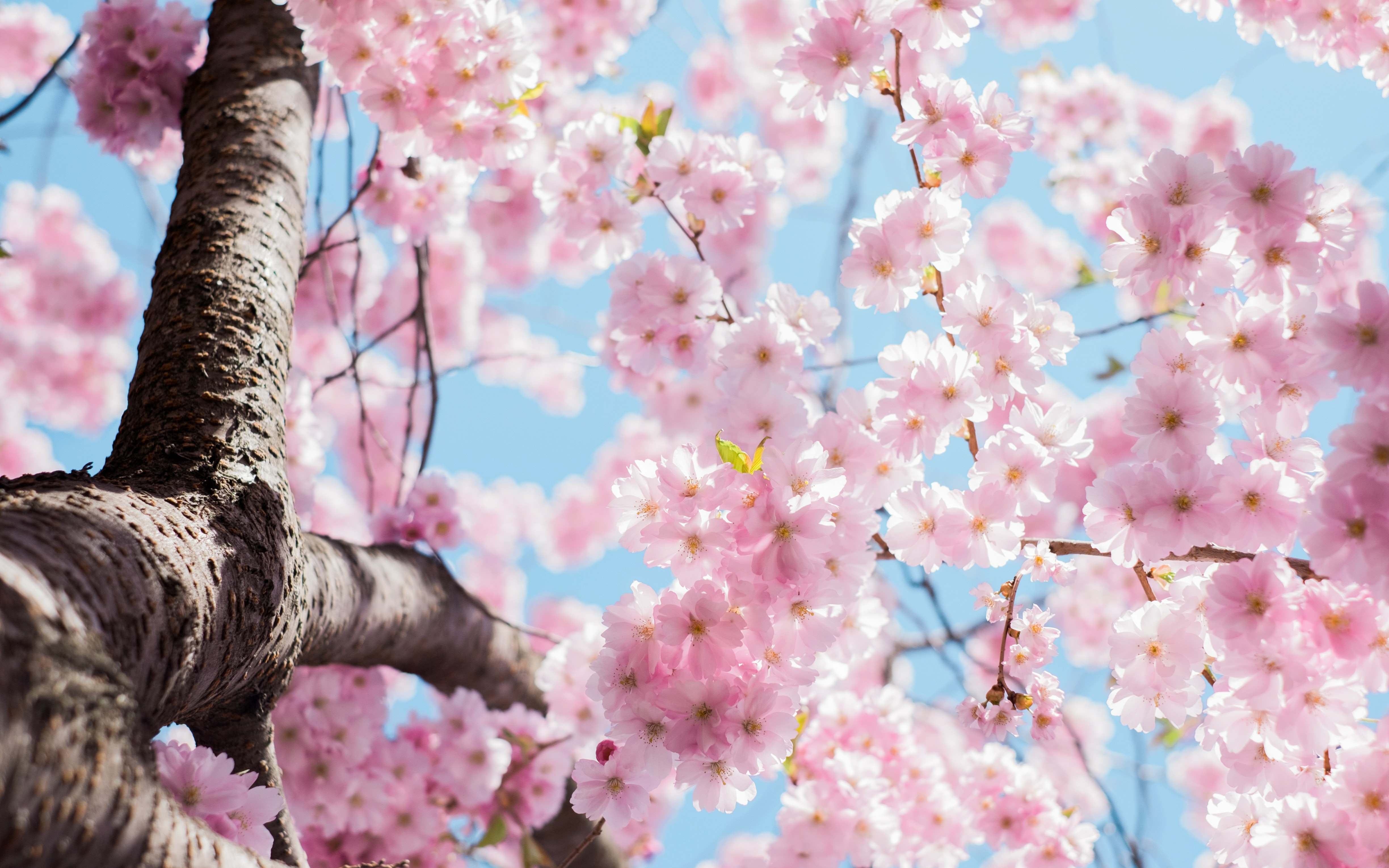
Gardening in April: What to Do
April continues in our garden calendar. After many long and dark winter months, something is finally happening in the garden. Nature awakens from its winter slumber and shines again in its full splendor. That can only mean one thing: Spring is here! April marks the start of the new gardening season that we gardeners have been waiting for so eagerly. Finally, the dry theory and planning is over and it's time to get down to business. As a result, there are now plenty of things you can do in and around your garden. In this article, we'll tell you what these things can be.
This Article Contains:
Quick Overview
Overview of Gardening Work in April
- Sowing/planting under glass: tomatoes, celery, peppers, cucumbers, zucchinis, broccoli, beans
- Sowing/planting under foil: lettuce, tuberous fennel, cabbage (cauliflower, kohlrabi, Brussels sprouts, savoy cabbage, white and red cabbage)
- Sowing outdoors: spinach, peas, cabbage, daikon, radishes, turnips, onions, leeks, Swiss chard, beet, carrots, salsify, aromatic herbs (cress, chervil, dill, borage, rocket, purslane, parsley, caraway, spoonwort)
- Outdoor plants: strawberries, potatoes, cabbage, perennial herbs (lemon balm, tarragon, chives, lovage, tea fennel, peppermint, sage, oregano, thyme, lavender, mountain savory, hyssop, mountain rue)
Garden in April: Sowing & Planting
You can sow or plant the following vegetables in April:
- Sowing/planting under glass: tomatoes, celery, peppers, cucumbers, zucchinis, broccoli, beans
- Sowing/planting under foil: lettuce, tuberous fennel, cabbage (cauliflower, kohlrabi, Brussels sprouts, savoy cabbage, white and red cabbage)
- Sowing outdoors: spinach, peas, cabbage, daikon, radishes, turnips, onions, leeks, chard, beet, carrots, black salsify, aromatic herbs (cress, chervil, dill, borage, rocket, purslane, parsley, caraway, spoonwort)
- Outdoor plants: strawberries, potatoes, cabbage, perennial herbs (lemon balm, tarragon, chives, lovage, tea fennel, peppermint, sage, oregano, thyme, lavender, mountain savory, hyssop, mountain rue)
Pre-breeding or Direct Sowing in the Bed?
In spring, deciding on the right sowing method for some plants is not easy: some plants can be sown directly into the bed, others need to be pre-cultivated. If you are unsure which plants you can sow and how, this article on "Pre-cultivating or Direct Sowing" will help you. You can find a Planting Calendar for Vegetables With Sowing Dates and planting dates in this article.
Young plants that you pre-cultivate in sowing containers may need to be repotted regularly. Pay attention to the holes at the bottom of your seed pots: if you see a lot of roots emerging there, it's time to give your seedling a larger pot. You should also repot your seedlings if you have the feeling that their growth is stagnating.
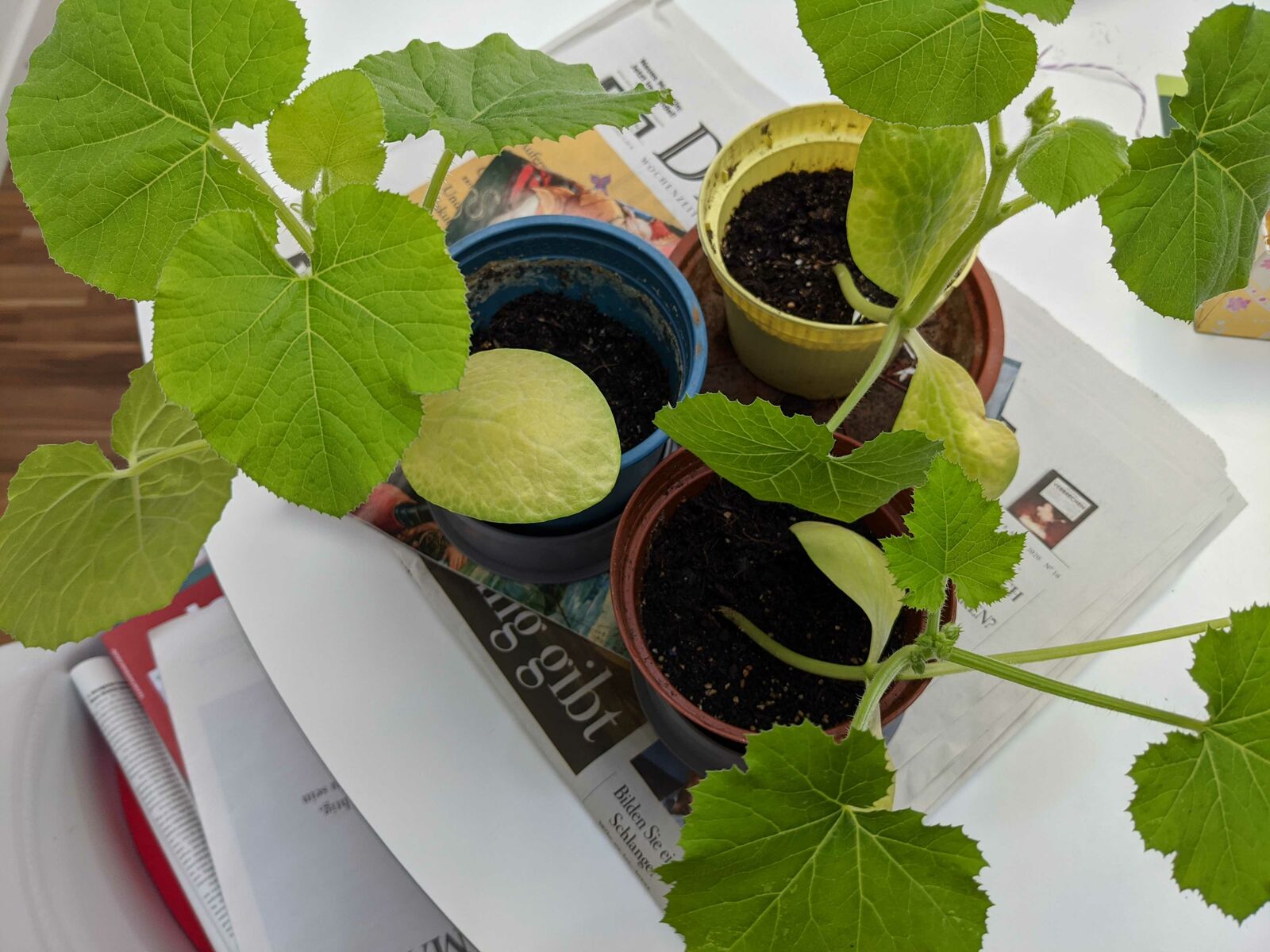
Tips for Sowing and Planting
In recent years in particular, spring has often been very warm and dry. It may therefore be necessary to water your seeds regularly in April. If seeds dry out again during germination, this can result in severely stunted plants or the seedlings may even die completely.
Tip: Either sow and plant when it has rained or water your seeds/seedlings with plenty of water so that the soil is well saturated with water. This ensures that the plants develop deeper roots and that you generally have to water less over the summer.
Even if the days in April are sometimes over 20 °C/68 °F, the nights can still be very cold. It may therefore be worth covering your seedlings and young plants in the vegetable patch with garden fleece in the evening. This protects the seedlings from the worst of the frost and ensures faster germination and growth in the first few weeks of their life, even for frost-resistant species.

Discover Our Plant Library
In our library, you will find information on each variety, including growing seasons, sowing, planting and harvesting tips. You will also find companion plants to help you plan a mixed crop.
Check out the LibraryProtect No-Till Crops From Birds
Direct sowing can also be attractive food for some bird species. To prevent all your seeds from falling prey to the local fauna before they germinate, you can stretch a bird protection net over your beds. However, this is not always necessary. Keep a close eye on your bed while you are in the garden. If you catch more birds on it, it's worth investing in a bird net as soon as possible. But be careful: these bird nets should not be green, as birds cannot see this color well and can get tangled up in the net. This can be fatal!
Preparing the Soil for the Season
Healthy soil is the be-all and end-all for a successful gardening season. A professionally prepared seedbed for direct sowing and young plants is just as important. Loosening the beds is therefore an important task when gardening in April. Using a digging fork is much easier on the soil and your back than digging up the beds. This is good for soil life, but still ensures deep loosening and aeration of the soil. After loosening, you can finely crumble and smooth the surface with a rake. This will make it easier for small seedlings of direct-sown plants to establish themselves later, and it also looks nicer. To do something else good for the soil, you can apply a Layer of Mulch to your beds. Alternatively, you can use a Green Manure to cover the soil with living plants and improve the soil quality at the same time. Only choose green manure for areas that will be given a break this season according to the Crop Rotation Plan, so that the plants can grow long enough on the area to develop their full effect. Green manures such as mustard, vetch or clover-grass mixtures are suitable for sowing in April. Green manure that has been on the beds over the winter can now be cut off and gently worked into the soil with a digging fork if you haven't already done so in March.

Weeds should be removed from the bed before sowing or planting out seedlings. If they have not yet flowered, you can use them as mulch. However, if they are already bearing seeds, you should definitely refrain from doing so. Otherwise you will contribute to unwanted proliferation and increase competition for your vegetables. Many weeds are also suitable for Making Plant Manure (e.g. nettles, comfrey).
Remove Snail Nests and Eggs
To save you trouble when gardening during the summer, it is worth keeping an eye out for snails and their larvae now. You can easily recognize snail nests as they are clusters of many small, white eggs. You should definitely remove them if you discover them. It can also be useful to surround your bed with a copper slug fence. Copper is poisonous to slugs and snails, so they avoid it. However, this option is not cheap. If you want to save money, you can also protect your beds and young plants with an approx. 10 cm/3.9 in wide ring of sand. However, this must be renewed regularly and only provides effective protection in dry weather.
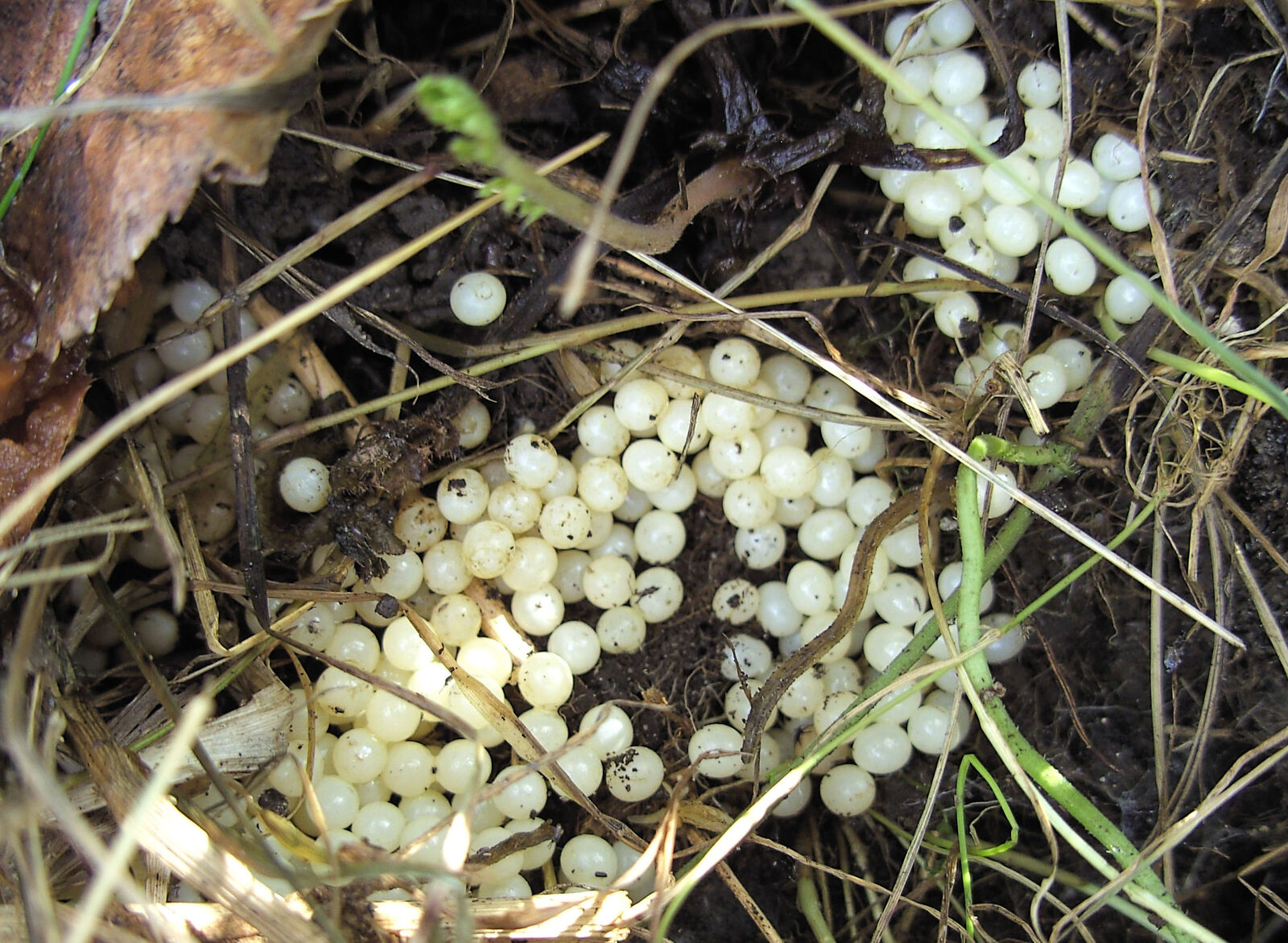
General Gardening Work in April
The "core business" of every vegetable gardener is, of course, his vegetable beds. However, a lot needs to be done around them for optimal cultivation. To ensure that you can make the most of your garden at the start of the season, it's worth checking whether your lawn mower is still working, for example. Lawn cuttings are also great as mulch or compost material, as long as no flowering weeds are mown. The water supply should also be ensured, as the need for irrigation water increases with rising temperatures. It is therefore high time to turn on the tap again (outside taps should be turned off over the winter as they can otherwise be damaged by frost). If it is possible in your garden, we strongly recommend that you install a rain barrel. After you have used up your mature compost to prepare your beds, you can also Create a New Compost Heap or even build a new container for it.

Ecology in the Kitchen Garden: Promoting Beneficial Insects
As gardeners, we are dependent on intact nature and healthy ecosystems. Without the network of small and tiny creatures, we would not be able to produce even the tiniest yields in the garden. To give something back to nature and provide a habitat for many beneficial insects, an insect hotel is a great addition to an organic garden. For example, wild bees can move in here, whose habitats elsewhere are constantly shrinking due to industrial agriculture. Many insect hotels sold in DIY stores, for example, have cavities and openings that are far too large and are therefore not accepted by most insects as a new home.
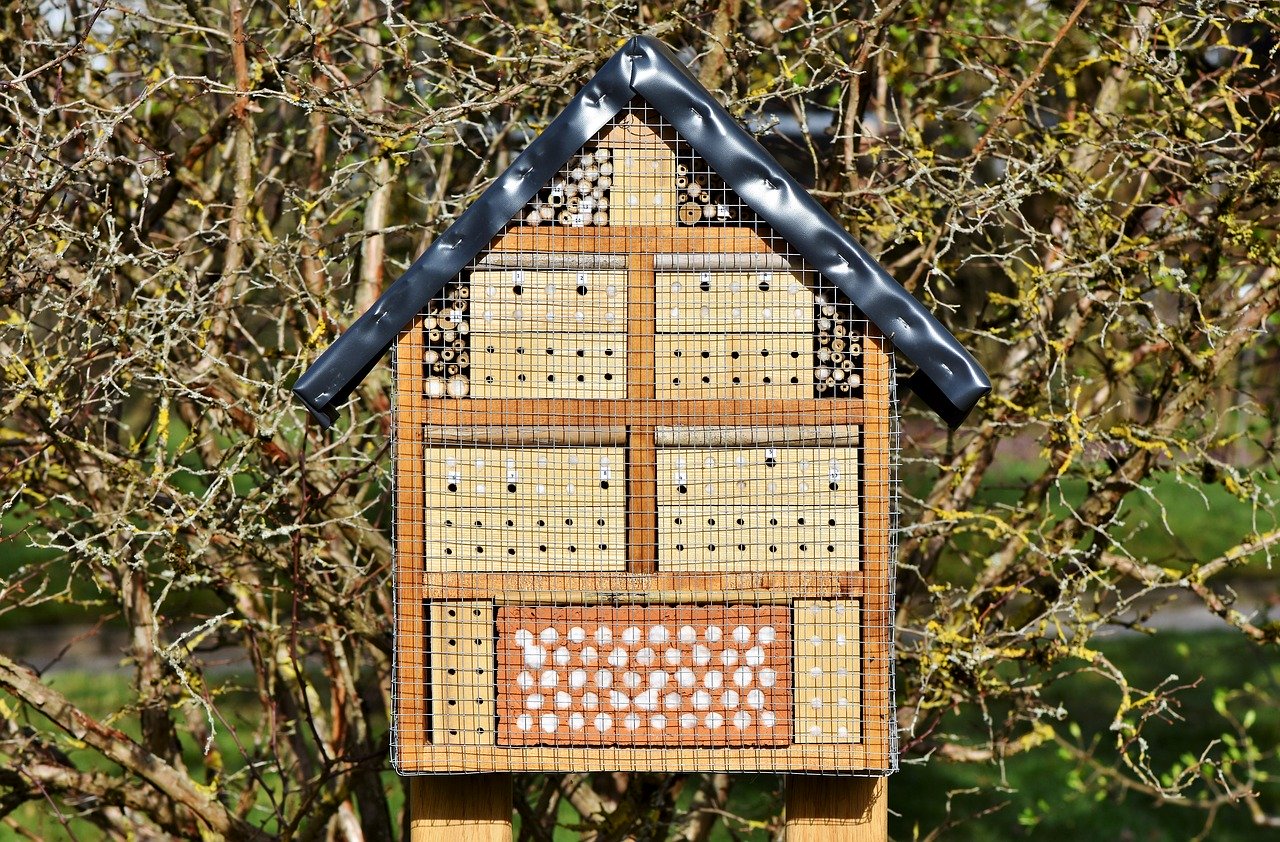
Birds also appreciate a little human attention, e.g. in the form of a nesting box or bird bath. You should also pay attention to a few important things such as the orientation and the right location. You can find Tips for a Bird-Friendly Garden in this article. A new disease has also recently started to spread among songbirds in Germany, mainly affecting coal tits and blue tits. To slow down the spread, it is important to clean the feeders regularly and to use feeders where the distance between the birds is large enough (sound familiar?).
Have we forgotten anything else? What are your classic gardening tasks in April? Send us an email to [email protected].
Want to get helpful gardening tips all year round and plan your own beds in the best possible way? Then register here or download the Fryd app for Android or iOS.
Fryd - Your digital bed planner

Jonas
Jonas studied agricultural biology. He discovered his passion for plants and gardening through an internship at a permaculture NGO. Since then, he has been gardening on his balcony and in community gardens.
Learn MoreCurrent Topics in the Community

Liked 1 times
The chickens are not happy about the cold weather.
Show 1 answer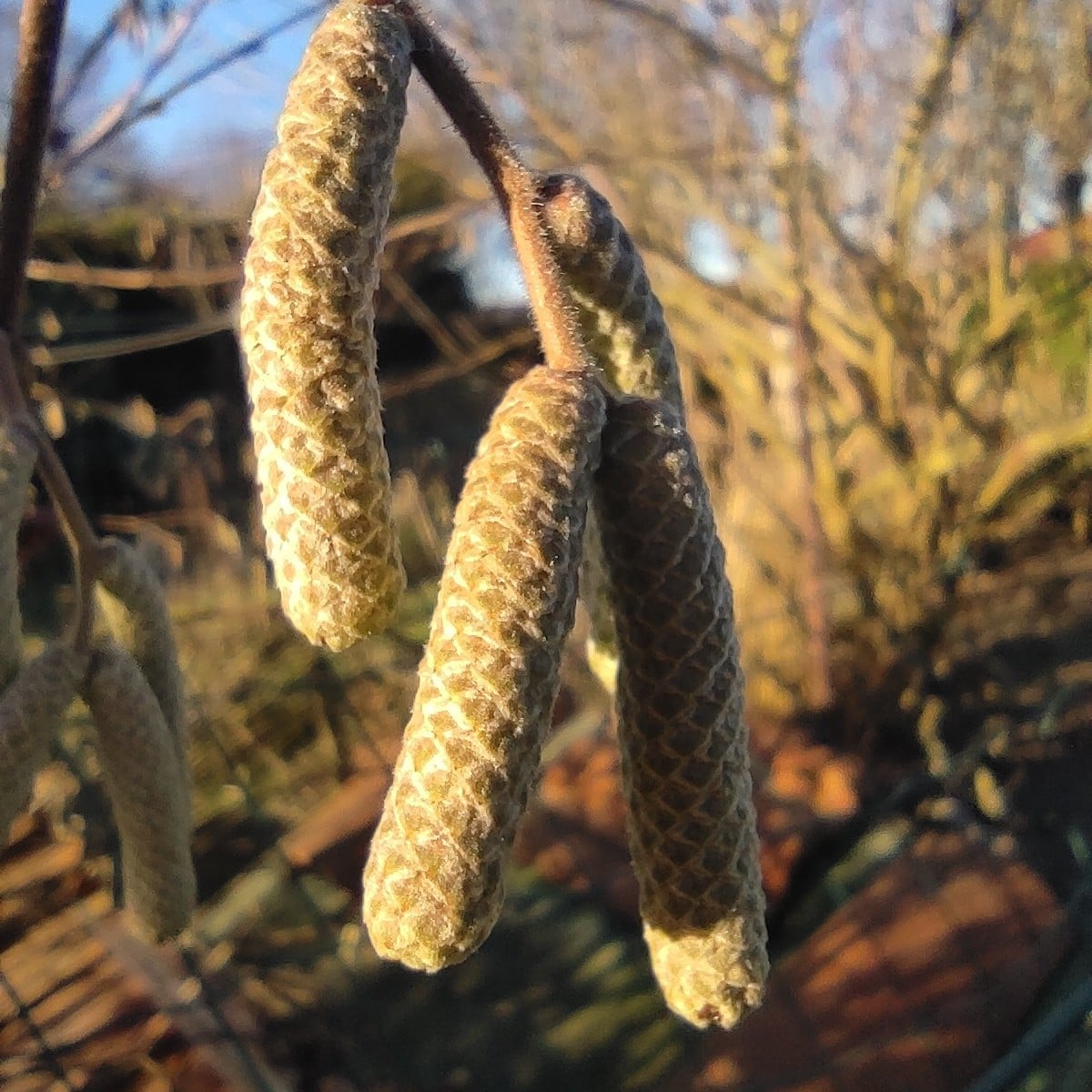
Liked 1 times
Without words
Show 1 answer
Liked 4 times
It may have actually worked with the shiitake smuggled into the fallen birch tree in our forest 🍄
Popular Articles

Overwintering Parsley: How to Do It Successfully

How to Grow Lettuce in Winter: Varieties, Sowing, Harvesting

Growing Sage Plant: Tips for Sowing and Harvesting

What Herbs Can Be Planted Together?

Create & Design a Permaculture Garden

Overwintering Plants: Tubs, Pots and Raised Beds

Pruning, Fertilizing & Propagating Currants: Care Tips

Pruning Raspberries: How to Do It

Vegetable Garden With Greenhouse: How to Use Greenhouse Effect

Winterizing Beds and the Garden: How to Do It
FAQ
What can be sown/planted outdoors in April?
Cold-tolerant crops such as spinach, peas, cabbage, radishes, turnips, chard or beet can be sown directly outdoors. Herbs such as chives, tarragon, lemon balm or mountain savory can also be planted out now.
What are the most important gardening tasks in April?
In April, the focus is on sowing different types of vegetables, preparing the soil or your beds and protecting young plants from pests.
How do I protect my plants from pests in April?
Now is the time to look out for snail nests and remove them if necessary. You should also protect your fresh seeds from birds. You can use a protective net for this.
What do snail nests look like?
You can recognize snail nests by the conspicuous white and round eggs that can be found in nests.